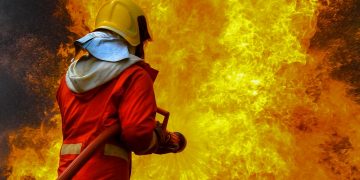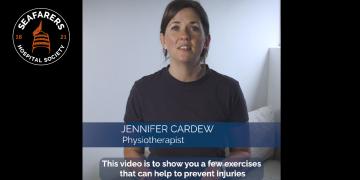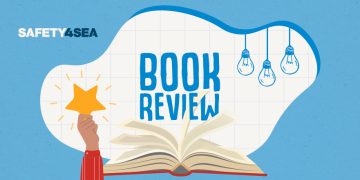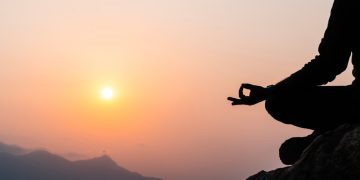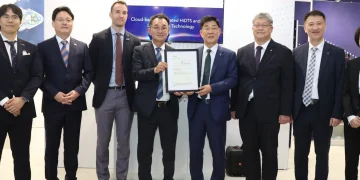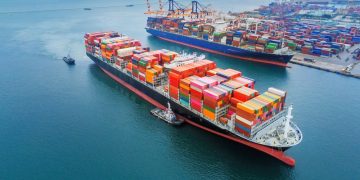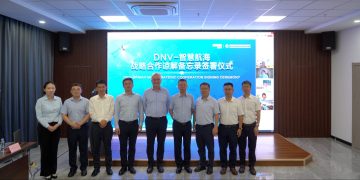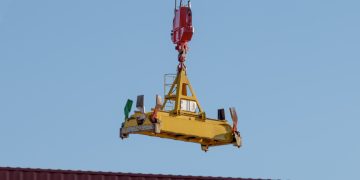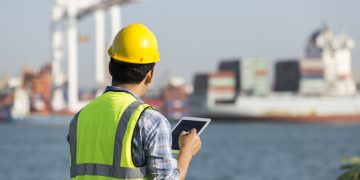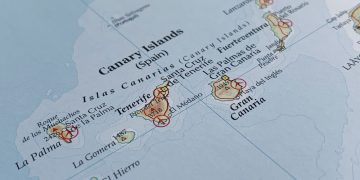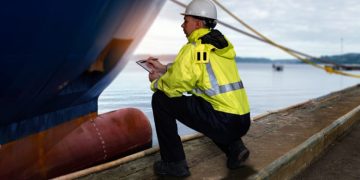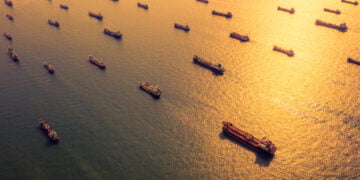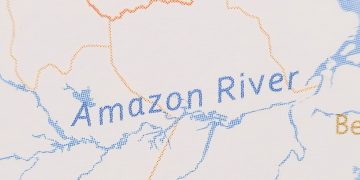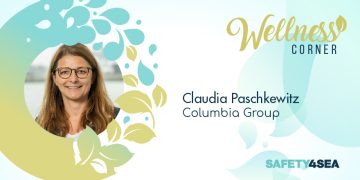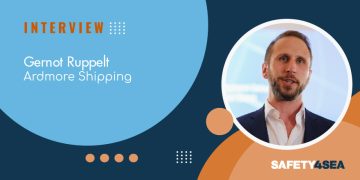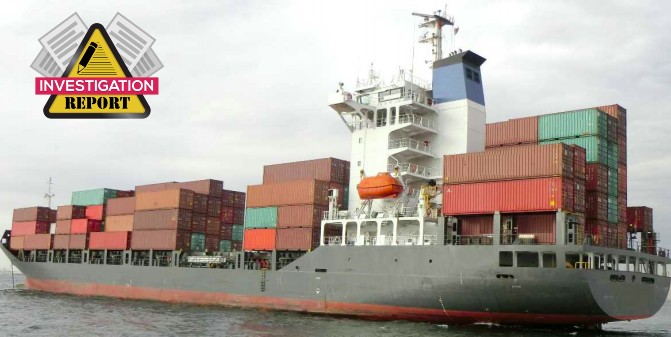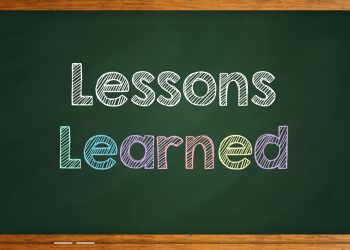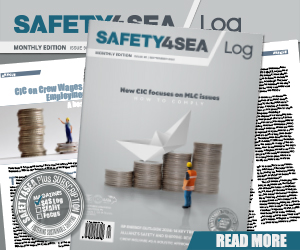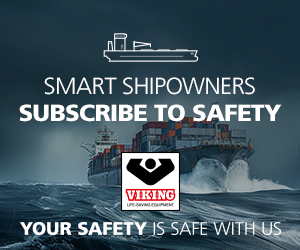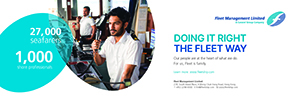JTSB issued an investigation report on the collision of the container ship APL GUAM with the the container ship MARCLIFF and subsequent collision of the latter with the anchored container ship HANSA STEINBURG, off Keihin Port, in March 2019.
The incident
At around 23:27 on March 21, 2019, as the container ship APL GUAM, with a master and 20 other crew members onboard, was proceeding north toward its planned anchorage within Anchorage YL4 of Yokohama Section 5, Keihin Port, under the pilotage of a pilot. While the container ship MARCLIFF, with a master and 15 other crew members onboard, was proceeding south-southeast toward Nagoya Port, Aichi Prefecture, both vessels collided in Anchorage YL4. MARCLIFF subsequently collided with the anchored container ship HANSA STEINBURG, which had a master and 19 other crew members onboard.
APL GUAM sustained dents and other damage with a hole to its bow’s plating shell, MARCLIFF sustained dents and other damage to bow’s plating shell and starboard side bow’s plating shell, and HANSA STEINBURG sustained dents and other damage with a hole to starboard bow’s plating shell. However, there were no casualties.
Probable causes
- It is probable that the accident occurred as APL GUAM was proceeding north toward its planned anchorage and MARCLIFF was proceeding south-southeast toward the sea area west of Nakanose in Tokyo Bay at night, within an anchorage of the Keihin Port Yokohama 5th District that had become confined with the presence of anchored vessels.
- MARCLIFF turned to port and proceeded southeast with headway and collided with HANSA STEINBURG because both vessels maintained course and speed until they approached each other, as master and pilot of APL GUAM intended to pass MARCLIFF port-to-port and master of MARCLIFF intended to pass APL GUAM starboard-to-starboard.
- Probably the master and pilot of APL GUAM maintained course and speed until APL GUAM approached MARCLIFF with the intention of passing MARCLIFF port-to-port because they predicted that MARCLIFF, which had turned to starboard, would turn to starboard again and pass APL GUAM port-to-port rather than navigate in the narrow sea area between APL GUAM and HANSA STEINBURG.
- It is probable that master of MARCLIFF maintained course and speed until MARCLIFF approached APL GUAM with the intention of passing APL GUAM starboard-to-starboard because he predicted that MARCLIFF would safely pass APL GUAM starboard-to-starboard if APL GUAM maintained her course and speed.
- It is probable that APL GUAM and MARCLIFF could have taken measures to avoid a collision, such as confirming each other’s maneuvering intentions and promptly reducing speed, by communicating early by VHF. Therefore it is probable that both vessels’ continued navigation without communicating by VHF contributed to the accident’s occurrence.
See also: Communication a main factor of accidents at sea: Three real-life examples
Actions Taken
-Safety actions taken by company A
Company A documented the accident in SMS for full transparency and took the following measures after the accident:
- A reminder on Bridge Team Management (BTM) 15 protocols was sent to entire Fleet.
- Entire Fleet were informed that they should always prepare their own escape plans in case other vessels fail to comply with the law or behave unexpectedly.
- Reviewed policies with deck officers regarding increased vigilance necessary when anchoring and with pilot onboard.
- The accident is routinely reviewed and discussed at annual Senior Officer’s Conferences and at training seminars.
-Safety actions taken by the pilots’ association
The Pilots’ Association made the following points known to its member pilots:
- When letting go anchor, make every effort to avoid situations in which encounters with other vessels will occur in a confined anchorage where anchored vessels are present, and when such a situation is anticipated, reduce speed or change course prior to entering the anchorage and avoid coming into a relationship that could result in a collision.
- When letting go anchor in an anchorage near a passage entrance, check whether ships will be entering or leaving the passage by communicating with the port radio, etc., beforehand, and if entering/leaving ships are present and may come near, communicate with them by VHF and confirm their maneuvering intentions.
- When navigating near anchored vessels at night, be aware that own vessel may be difficult to see from other vessels due to the presence of the anchor lights of anchored vessels, etc.
- When having doubts about the movements of another vessel, proactively issue warnings using a daytime signaling lamp if it is night and take measures to avoid hazardous relationship.
- When sensing the danger of a collision, etc., do not hesitate to take such measures as immediately turning the rudder hard over or setting the engine to full astern.
Recommendations
In view of the result of this investigation, JTSB recommends the management company of APL GUAM and the management company of MARCLIFF, to instruct the masters, etc., of all vessels they manage or operate to consistently implement the following:
- Whenever possible, large vessels avoid situations in which they approach other vessels on intersecting courses in anchorages that have become confined with the presence of anchored vessels.
- When they see another vessel approaching, masters immediately confirm maneuvering intentions with the other vessel by actively and appropriately engaging in VHF communication, rather than making decisions based on assumptions about the other vessel’s movements.
- Masters consider the circumstances of nearby navigating vessels and anchored vessels, make judgments on whether the possibility that other vessels may come extremely close or the risk of collision with the other vessel exists, and, when they judge that such a possibility or risk exists, take measures to avoid collision by promptly reducing speed, etc., while sufficient time is available.
Explore more herebelow:











